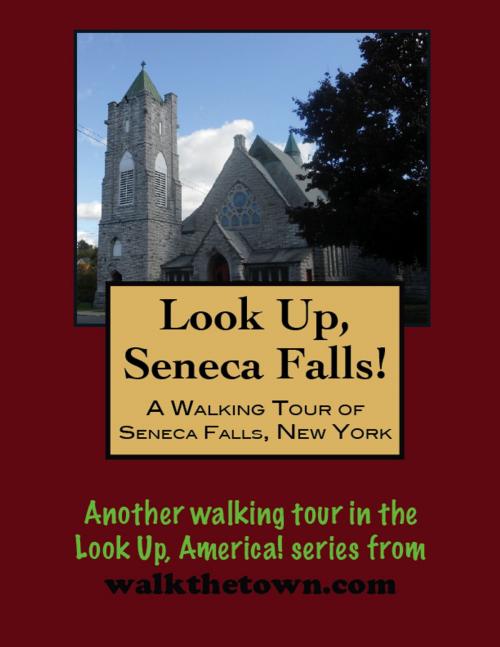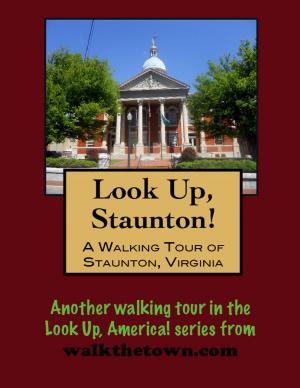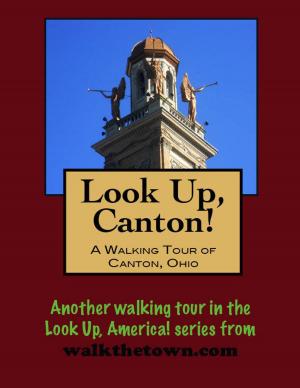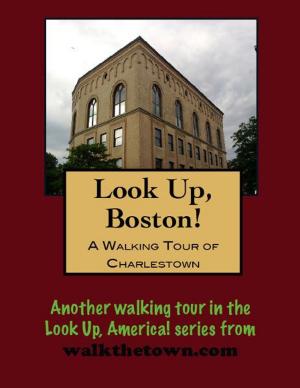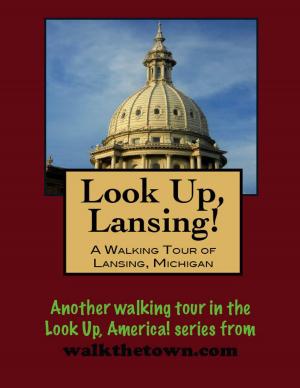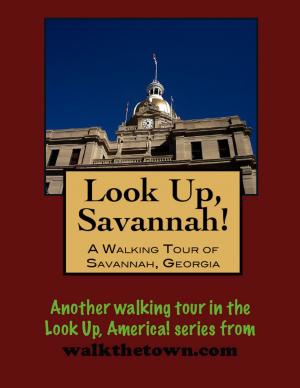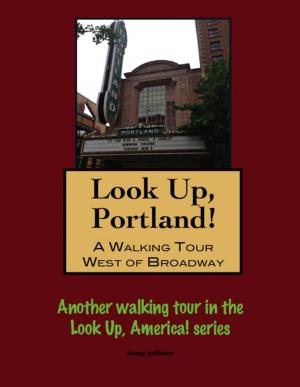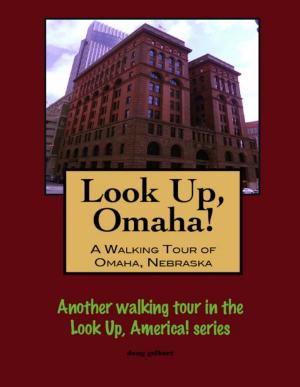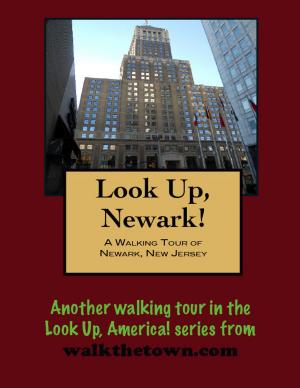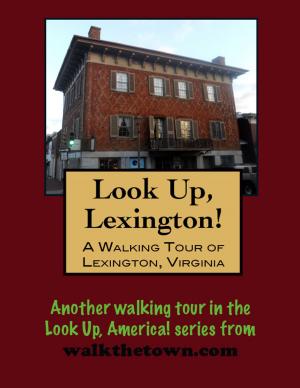| Author: | Doug Gelbert | ISBN: | 9781458006912 |
| Publisher: | Doug Gelbert | Publication: | February 1, 2011 |
| Imprint: | Smashwords Edition | Language: | English |
| Author: | Doug Gelbert |
| ISBN: | 9781458006912 |
| Publisher: | Doug Gelbert |
| Publication: | February 1, 2011 |
| Imprint: | Smashwords Edition |
| Language: | English |
There is no better way to see America than on foot. And there is no better way to appreciate what you are looking at than with a walking tour. Whether you are preparing for a road trip or just out to look at your own town in a new way, a downloadable walking tour is ready to explore when you are.
Each walking tour describes historical and architectural landmarks and provides pictures to help out when those pesky street addresses are missing. Every tour also includes a quick primer on identifying architectural styles seen on American streets.
Today Seneca Falls is known as the birthplace of the struggle for women’s rights that began in earnest in America in the 1840s but in the 19th century the town was known for the industry that was powered by those namesake falls. Job Smith is accepted as the first white settler in the area, arriving in 1787 where he set up a portage business for travelers to get around the series of rapids that tumbled some forty feet in the course of about a mile on the Seneca River. The Bayard Land Company was formed to exploit the power pent up in the rushing waters with the industrious Wilhelmus Mynderse serving as the concern’s resident business agent. Mynderse located here permanently in 1795 and soon had a grist mill in operation. Other mills and dams and the Seneca and Cayuga Canal would follow as he carved the most lasting legacy in the village’s history. The settlement was called Mynderse Mills for a time before the village was incorporated in 1831. In a few more years Seneca Falls was the third largest flour milling center in the world.
The water was also powering tanneries and distilleries and woolen mills. The most important technology developed along the Seneca River involved pumps and hydraulic engines. The town became known the world over for the quality of its water pumps and when the Silsby Manufacturing Company applied the technology to design and build their first Steam Fire Engine in 1856 Seneca Falls staked a claim as the “fire engine capital of the world.”
The go-go days of the 19th century began to come to an end in 1890 when the business district was decimated by fire. Then New York State decided to convert the old Erie Canal into the Erie Barge Canal which would modernize the old canal beds and locks and accommodate larger tonnage vessels and motorized propulsion. In Seneca Falls, the new, larger channel and locks required more water, to supply the forty-nine foot lift of the proposed locks. Sixty residential and 116 commercial buildings were torn down including the Goulds Manufacturing Company, Rumsey Pumps, and American LaFrance.
Seneca Falls’ industrial heritage began to recede from the public imagination. History books written in the 1930s scarcely made mention of it. Instead, an event that took place back in 1848 in a small brick chapel began to gain magnified importance in the story of women in America. Henry and Elizabeth Cady Stanton had moved to Seneca Falls in 1847 from Boston and she became increasingly involved in the community to combat the dearth of big-city intellectual stimulation she had known in Massachusetts. She had been exposed to social reform through her cousin, abolitionist Gerrit Smith and Quaker friend Lucretia Mott. While traveling together to London for a World Anti-Slavery Convention in 1840 the two women talked about holding a similar gathering for women’s rights. Eight years later, on July 19 and 20, 1848, Mott, Stanton, Mary Ann M’Clintock, Martha Coffin Wright, and Jane Hunt acted on this idea when they organized the First Woman’s Rights Convention in Seneca Falls. Some 300 people attended and at the end of the two days, 100 people made a public commitment to work together to improve women’s quality of life. Today that beginning is celebrated at the Womens Rights National Historical Park and that is where we will begin our tour, next to the visitor center...
There is no better way to see America than on foot. And there is no better way to appreciate what you are looking at than with a walking tour. Whether you are preparing for a road trip or just out to look at your own town in a new way, a downloadable walking tour is ready to explore when you are.
Each walking tour describes historical and architectural landmarks and provides pictures to help out when those pesky street addresses are missing. Every tour also includes a quick primer on identifying architectural styles seen on American streets.
Today Seneca Falls is known as the birthplace of the struggle for women’s rights that began in earnest in America in the 1840s but in the 19th century the town was known for the industry that was powered by those namesake falls. Job Smith is accepted as the first white settler in the area, arriving in 1787 where he set up a portage business for travelers to get around the series of rapids that tumbled some forty feet in the course of about a mile on the Seneca River. The Bayard Land Company was formed to exploit the power pent up in the rushing waters with the industrious Wilhelmus Mynderse serving as the concern’s resident business agent. Mynderse located here permanently in 1795 and soon had a grist mill in operation. Other mills and dams and the Seneca and Cayuga Canal would follow as he carved the most lasting legacy in the village’s history. The settlement was called Mynderse Mills for a time before the village was incorporated in 1831. In a few more years Seneca Falls was the third largest flour milling center in the world.
The water was also powering tanneries and distilleries and woolen mills. The most important technology developed along the Seneca River involved pumps and hydraulic engines. The town became known the world over for the quality of its water pumps and when the Silsby Manufacturing Company applied the technology to design and build their first Steam Fire Engine in 1856 Seneca Falls staked a claim as the “fire engine capital of the world.”
The go-go days of the 19th century began to come to an end in 1890 when the business district was decimated by fire. Then New York State decided to convert the old Erie Canal into the Erie Barge Canal which would modernize the old canal beds and locks and accommodate larger tonnage vessels and motorized propulsion. In Seneca Falls, the new, larger channel and locks required more water, to supply the forty-nine foot lift of the proposed locks. Sixty residential and 116 commercial buildings were torn down including the Goulds Manufacturing Company, Rumsey Pumps, and American LaFrance.
Seneca Falls’ industrial heritage began to recede from the public imagination. History books written in the 1930s scarcely made mention of it. Instead, an event that took place back in 1848 in a small brick chapel began to gain magnified importance in the story of women in America. Henry and Elizabeth Cady Stanton had moved to Seneca Falls in 1847 from Boston and she became increasingly involved in the community to combat the dearth of big-city intellectual stimulation she had known in Massachusetts. She had been exposed to social reform through her cousin, abolitionist Gerrit Smith and Quaker friend Lucretia Mott. While traveling together to London for a World Anti-Slavery Convention in 1840 the two women talked about holding a similar gathering for women’s rights. Eight years later, on July 19 and 20, 1848, Mott, Stanton, Mary Ann M’Clintock, Martha Coffin Wright, and Jane Hunt acted on this idea when they organized the First Woman’s Rights Convention in Seneca Falls. Some 300 people attended and at the end of the two days, 100 people made a public commitment to work together to improve women’s quality of life. Today that beginning is celebrated at the Womens Rights National Historical Park and that is where we will begin our tour, next to the visitor center...
